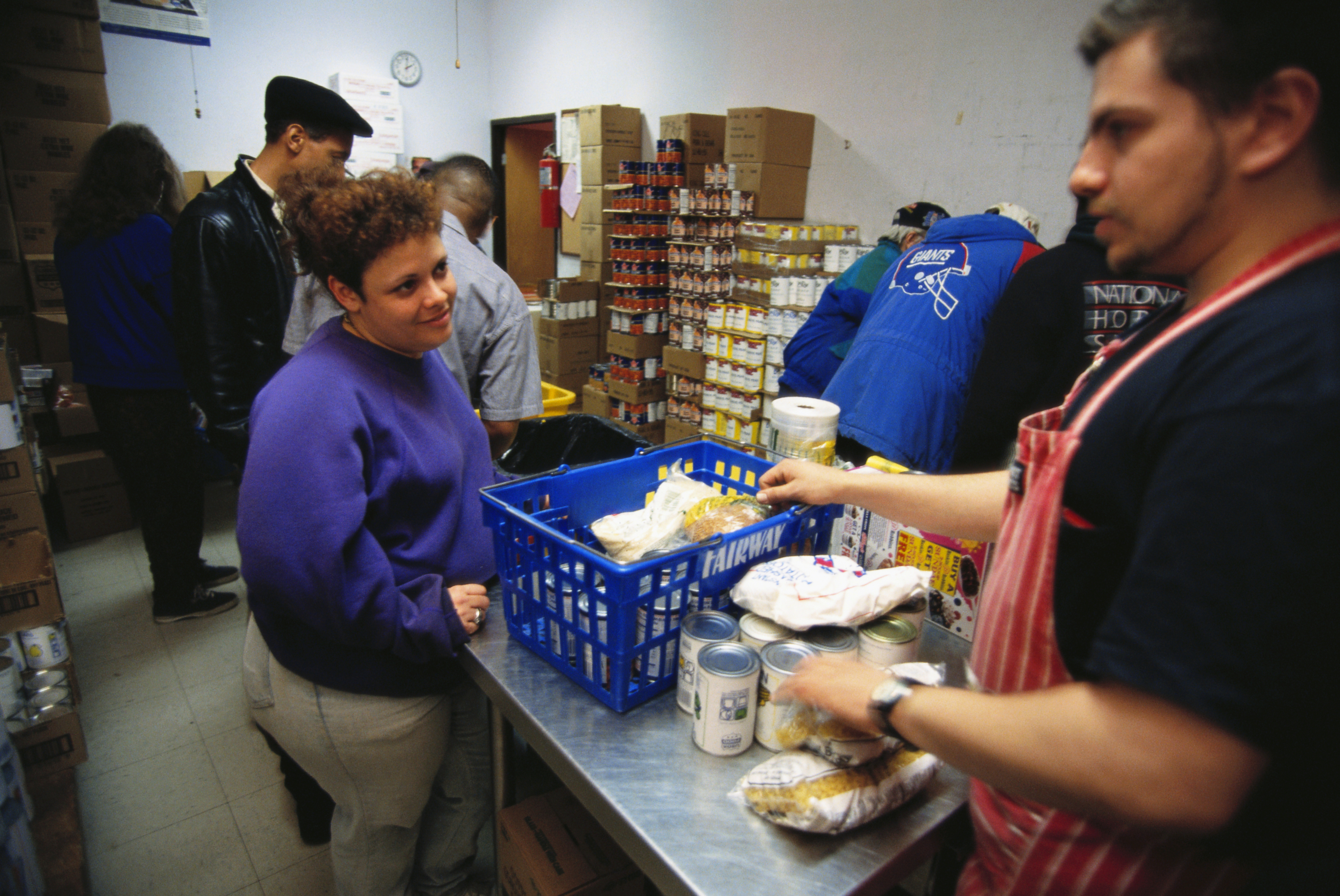A collaborative study by a team of Connecticut researchers shows there is a strong connection between food insecurity and insulin resistance, the underlying problem in type 2 diabetes. Insulin resistance occurs when cells are not able to respond normally to the hormone insulin.
The research by UConn School of Medicine, UConn School of Dental Medicine, Yale School of Public Health, Quinnipiac University, Hartford Hospital, and the Hispanic Health Council, suggests that for Latinos with type 2 diabetes food insecurity is linked to the disease’s development and progression.
Published in the June issue of Journal of Nutrition, the study points to the more than 40 million Americans, including 6.5 million children, who live in food-insecure households where access to nutritionally adequate and safe food is limited or uncertain.
Food insecurity is prevalent, widespread, and detrimental to health. — Angela Bermúdez-Millán
In the United States, the rate of food-insecure households is higher for Latinos, who are also disproportionately affected by metabolic disorders such as type 2 diabetes. In fact, rates of type 2 diabetes are 12.1% among Hispanics compared with 7.4% for non-Hispanic whites.
According to the researchers, food insecurity may increase inflammation in the body. These can be caused by diet-related obesity and excess abdominal fat. Also, food insecurity is stressful. It is often accompanied by mental distress, which triggers the release of cortisol and other stress hormones. These hormones may lead to the progression of insulin resistance.
“Our findings support the plausibility of links between food insecurity and poor health,” says Dr. Angela Bermúdez-Millán, assistant professor in the Department of Community Medicine and Health Care at UConn School of Medicine. “Resources should be redirected toward ending or decreasing food insecurity, a powerful social determinant of health.”
The study included 121 study Latinos with type 2 diabetes. Sixty-eight percent of the participants were classified as food insecure.
Researchers tested the relationship between household food insecurity and insulin resistance using baseline data from the Community Health Workers Assisting Latinos Manage Stress and Diabetes (CALMS-D) randomized controlled trial. Fasting blood glucose, insulin levels, stress hormones, and markers of inflammation were measured.
They found that, compared with food secure individuals, food insecure individuals had significantly higher insulin resistance, insulin, glucose, stress hormones, inflammation, and total cholesterol. Food insecure individuals had higher insulin resistance than those who were food secure. Inflammation and stress hormones were the mechanisms through which food insecurity and insulin resistance were linked.
According to Bermúdez-Millán, the findings highlight the importance of implementing interventions that address food insecurity in order to mitigate its effects on inflammation, stress, and insulin resistance.
“Food insecurity is prevalent, widespread, and detrimental to health,” she says. “Health care facilities can also help address the issue by screening for food insecurity and connecting patients to available resources and interventions.”
Bermúdez-Millán is also calling on legislators to create policies to decrease food insecurity. She recommends modifying disbursement of SNAP benefits to possibly yield downstream benefits for diabetes control, and increasing access to minimally processed foods and more fruits, vegetables, and whole grains in local stores or community or home gardening venues.
The researchers note that a limitation of their study was that it was cross sectional, meaning participants were studied at one point in time. It is possible that those people with worse insulin resistance develop more inflammation and stress hormones, which make them sick or disabled, which in turn can deplete financial resources and lead to food insecurity.
In addition to Bermúdez-Millán, the research team included Julie A. Wagner, University of Connecticut School of Dental Medicine; Richard Feinn, Quinnipiac University; Sofia Segura-Pérez and Grace Damio, Hispanic Health Council; Jyoti Chhabra, Hartford Hospital; and Rafael Pérez-Escamilla, of Yale School of Public Health.
Support for the work came from the National Institute on Minority Health and Health Disparities grant R01MD005879 and American Diabetes Association grant 7-13-TS-31.



